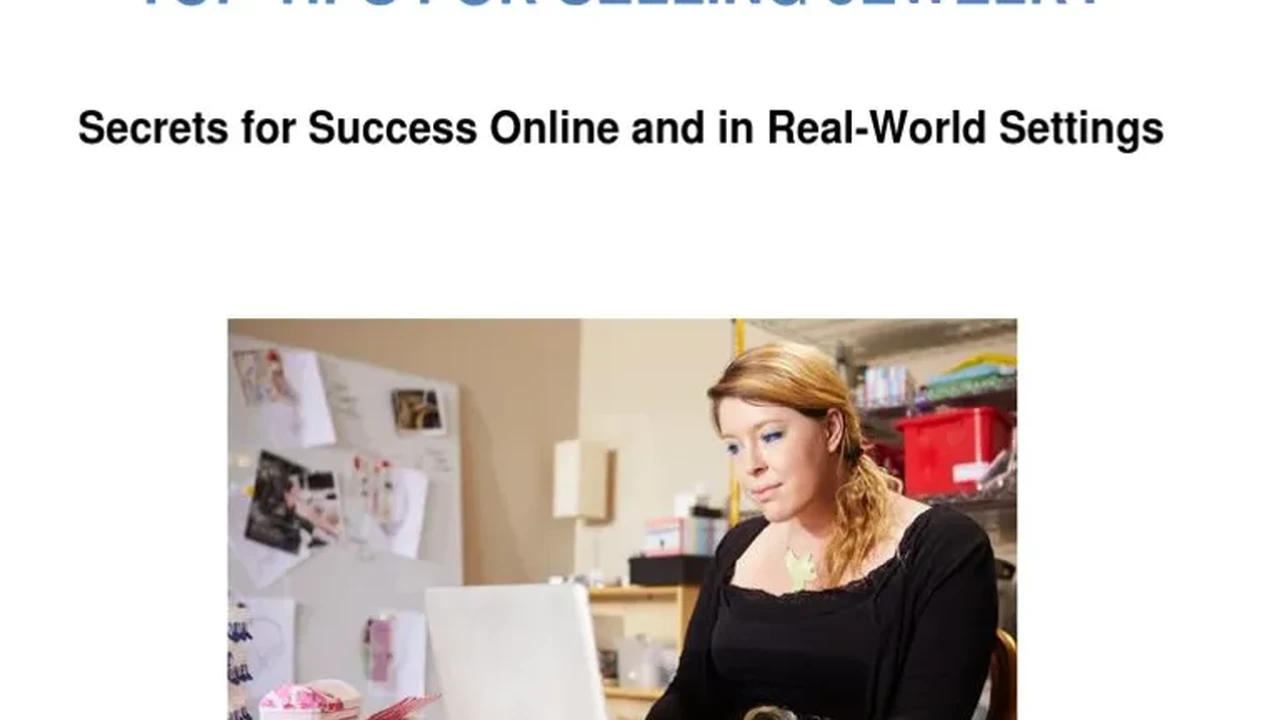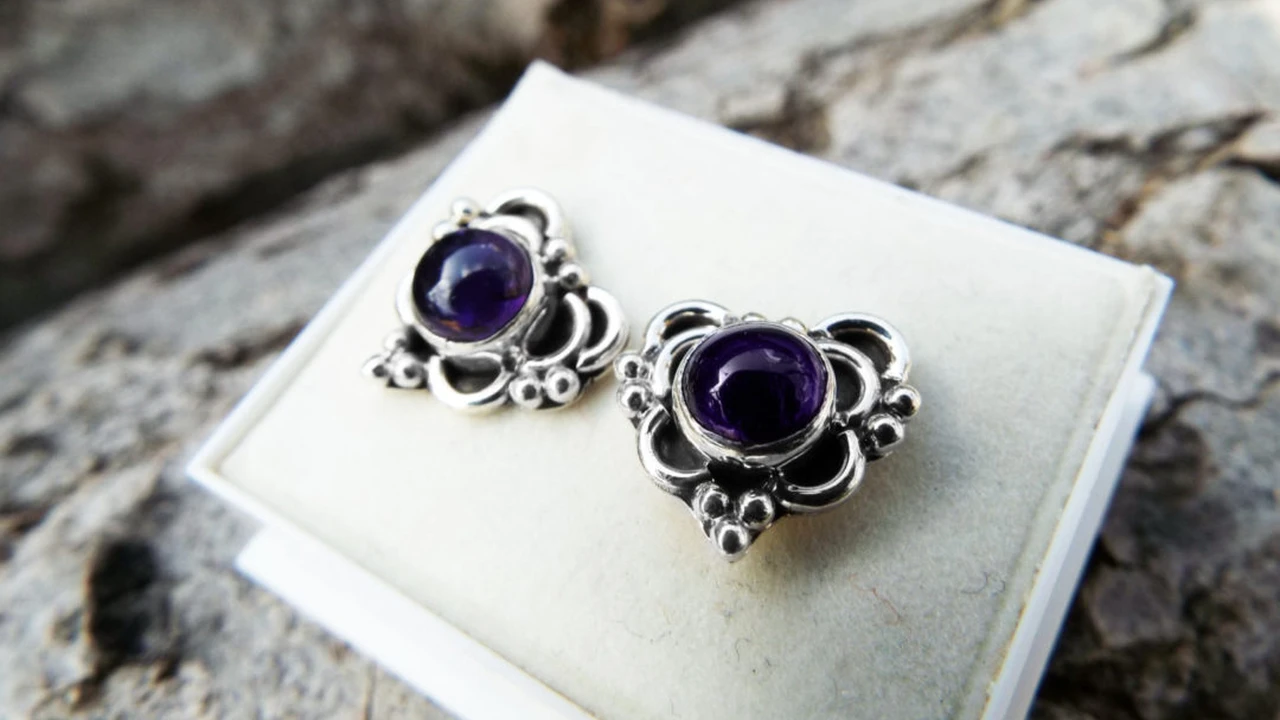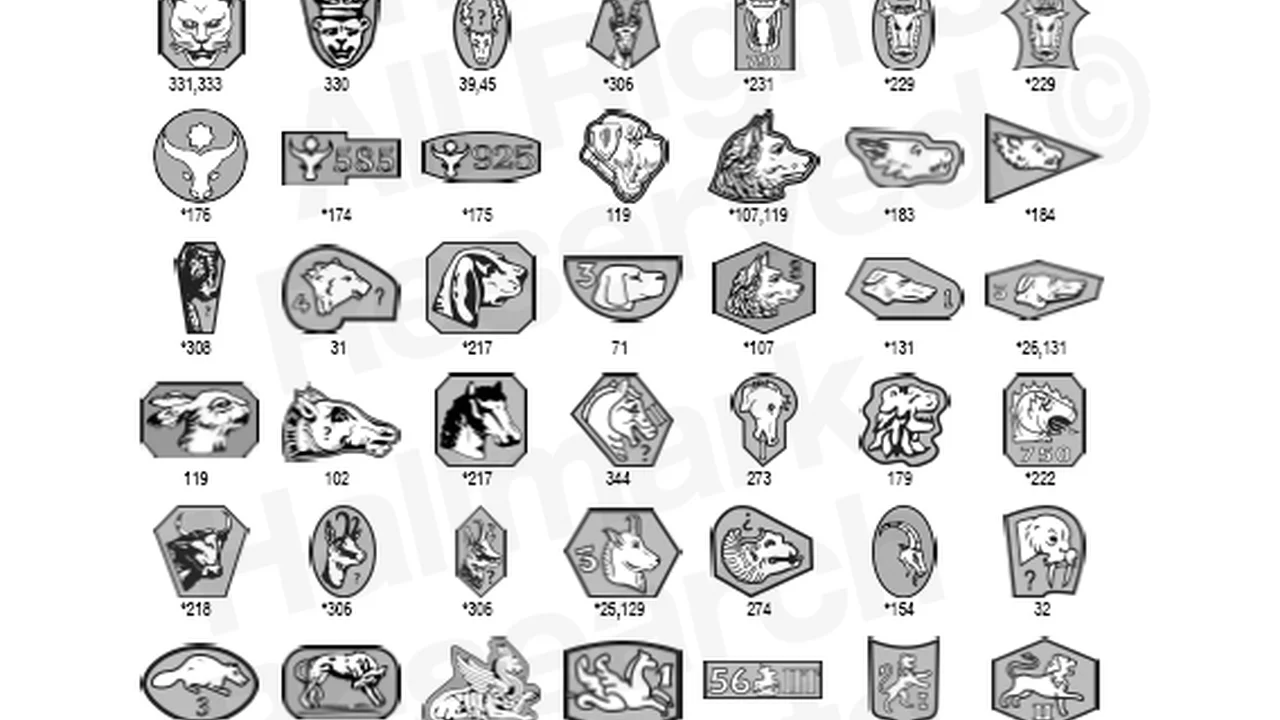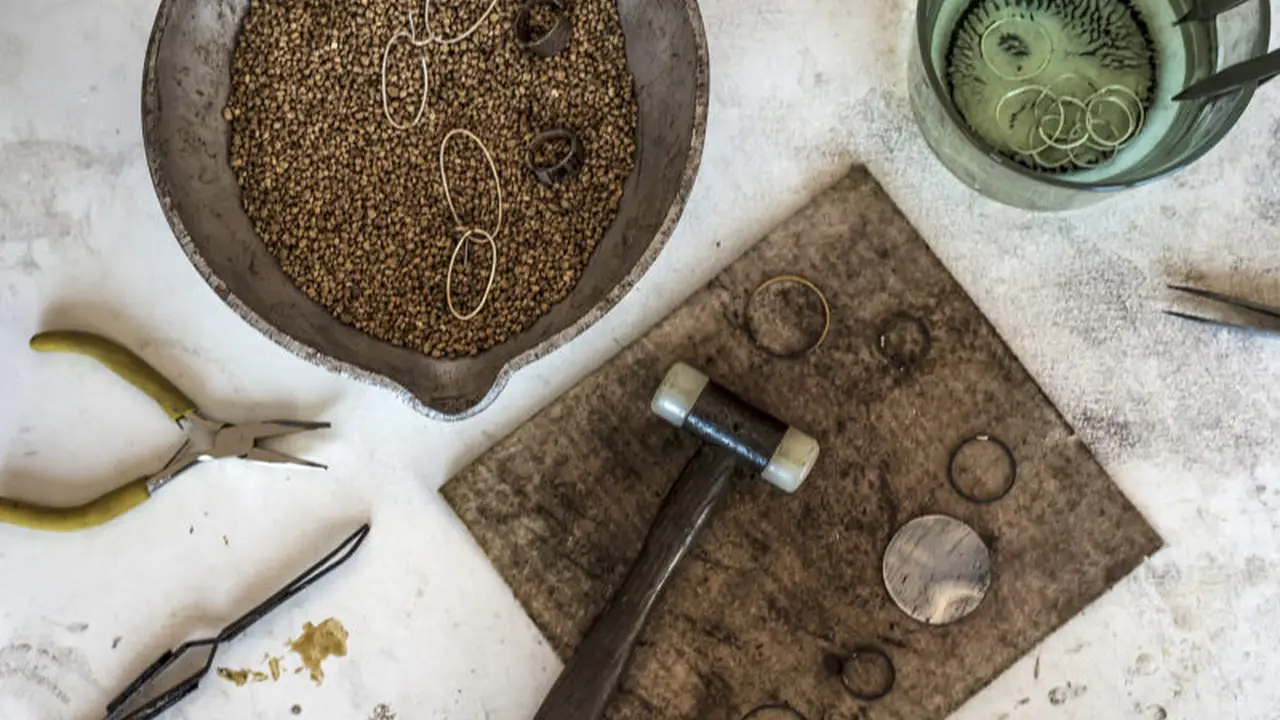Estate Jewelry Buying Guide Tips for Beginners
Estate Jewelry Buying Guide Tips for Beginners: Learn how to buy estate jewelry Understand pricing, authentication, and where to find unique vintage pieces.

What is Estate Jewelry Anyway A Beginner's Guide
So, you're thinking about diving into the world of estate jewelry? Awesome! It's a treasure trove of unique styles, historical significance, and often, great value. But where do you even start? Simply put, estate jewelry is any jewelry that's been previously owned. It could be antique, vintage, or simply pre-loved. This means you're not just buying a piece of jewelry; you're buying a story, a piece of history.
Understanding Pricing Factors for Estate Jewelry
Okay, let's talk money. Pricing estate jewelry isn't as straightforward as buying something brand new. Several factors come into play:
- Materials: Gold, platinum, silver – the type and purity of the metal significantly impact the price.
- Gemstones: Are there diamonds, sapphires, emeralds? The size, cut, clarity, and color of these gemstones are crucial.
- Era and Style: Is it a Victorian brooch, an Art Deco ring, or a mid-century modern necklace? Certain eras and styles are more sought after.
- Condition: Is the jewelry in good condition, or does it need repair? Damage can lower the price.
- Provenance: Does the jewelry have a documented history or a connection to someone famous? This can add significant value.
- Rarity: Is the piece one-of-a-kind or from a limited edition? Rarity increases value.
Authentication Tips How to Spot Real Estate Jewelry
Now, for the important part: making sure you're buying the real deal. Here are some tips to authenticate estate jewelry:
- Look for Hallmarks: These are small stamps that indicate the metal content (e.g., 14K for 14-karat gold) or the maker. Research common hallmarks from different eras.
- Examine the Construction: Antique jewelry often features different construction techniques than modern pieces. Look for hand-cut stones, intricate filigree, or older clasp mechanisms.
- Check the Stone Settings: Are the stones securely set? Are the settings appropriate for the era?
- Use a Loupe: A jeweler's loupe can help you examine the piece closely for details like wear, repairs, and the quality of the gemstones.
- Get a Professional Appraisal: If you're unsure, have the jewelry appraised by a qualified appraiser. They can provide an expert opinion on its authenticity and value.
Where to Find Unique Vintage Estate Jewelry Gems
So, where do you go to find these hidden treasures? Here are a few options:
- Antique Stores: Local antique stores can be a great place to start. You can browse a wide selection of pieces and often negotiate prices.
- Estate Sales: Estate sales are a fantastic source for estate jewelry. You might find some amazing deals, but be prepared to do some digging.
- Online Auctions: Sites like eBay and LiveAuctioneers offer a vast selection of estate jewelry. However, be cautious and do your research before bidding.
- Specialty Jewelry Stores: Some jewelry stores specialize in estate jewelry. They often have knowledgeable staff and a curated selection of high-quality pieces.
- Pawn Shops: Pawn shops can sometimes have hidden gems, but you need to know what you're looking for.
Recommended Estate Jewelry Pieces and Their Uses
Let's look at some specific pieces and how you might wear them:
Victorian Mourning Brooch
Description: A black enamel brooch with seed pearls and a locket compartment. Made of 14k gold.
Use: Wear it on a lapel, scarf, or even as a decorative element on a handbag. Adds a touch of vintage elegance and historical intrigue.
Price: $300 - $600 (depending on condition and provenance)
Art Deco Diamond and Platinum Ring
Description: A platinum ring featuring a central old European cut diamond surrounded by smaller diamonds in a geometric design.
Use: A stunning engagement ring or a statement piece for special occasions. The Art Deco style is timeless and glamorous.
Price: $2,500 - $5,000 (depending on diamond size and quality)
Mid-Century Modern Gold Necklace
Description: A 18k yellow gold necklace with abstract, sculptural elements.
Use: A versatile piece that can be worn with both casual and dressy outfits. The bold design adds a touch of sophistication.
Price: $800 - $1,500 (depending on weight and design)
Estate Jewelry Product Comparisons
Let's compare some similar items.
Victorian Brooch vs. Art Deco Brooch
Victorian brooches often feature floral motifs, dark colors (especially jet or black enamel for mourning jewelry), and intricate details. Art Deco brooches, on the other hand, are characterized by geometric shapes, bold colors (like onyx, coral, and lapis lazuli), and streamlined designs. A Victorian brooch is best suited for a romantic, vintage look, while an Art Deco brooch is perfect for adding a touch of modern glamour.
Diamond Ring: Modern vs. Estate
A modern diamond ring typically features a brilliant-cut diamond, designed for maximum sparkle. Estate diamond rings often feature older cuts like the Old European cut or the Rose cut, which have a softer, more romantic sparkle. Modern rings emphasize perfection and brilliance, while estate rings prioritize character and historical significance. Estate rings can also be more affordable, as the older cuts are sometimes less expensive than modern cuts of comparable size.
Tips for Negotiating Prices When Buying Estate Jewelry
Don't be afraid to haggle! Here are some tips for negotiating prices:
- Do Your Research: Know the market value of similar pieces before you start negotiating.
- Point Out Flaws: If you notice any damage or imperfections, use them as leverage.
- Be Polite and Respectful: A friendly approach can go a long way.
- Be Willing to Walk Away: If the seller isn't willing to budge, be prepared to walk away. You might find a better deal elsewhere.
- Pay in Cash: Offering to pay in cash can sometimes get you a discount.
Caring for Your New Estate Jewelry
Once you've found the perfect piece, it's important to take care of it. Here are some tips:
- Clean Gently: Use a soft cloth and mild soap to clean your jewelry. Avoid harsh chemicals or abrasive cleaners.
- Store Properly: Store your jewelry in a soft pouch or jewelry box to prevent scratches and damage.
- Avoid Extreme Temperatures: Avoid exposing your jewelry to extreme temperatures or humidity.
- Remove Before Activities: Remove your jewelry before swimming, exercising, or doing household chores.
- Get Regular Checkups: Have your jewelry professionally cleaned and inspected every year or two.
Buying estate jewelry is an adventure! With a little knowledge and patience, you can find unique and beautiful pieces that you'll treasure for years to come. Happy hunting!
:max_bytes(150000):strip_icc()/277019-baked-pork-chops-with-cream-of-mushroom-soup-DDMFS-beauty-4x3-BG-7505-5762b731cf30447d9cbbbbbf387beafa.jpg)






